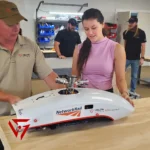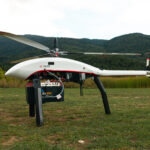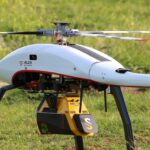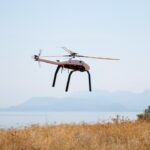What does that even mean?
The most apparent difference between quads and helicopters lies in their rotor configuration. Quadcopter have 4 motors that are arranged in X shape or square shape pattern, whereas helicopters typically have a single main rotor and a smaller tail rotor for stabilization of the tail. Velos has also a twin engine configuration that are working at 50% capacity each and provide redundancy and safety because they are not in stress. Velos is capable of returning safe and land with only one operating motor because of this design.
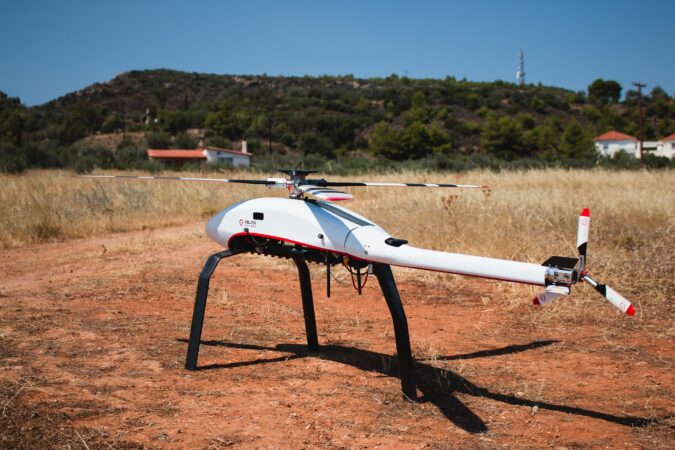
How do they actually work?
Quadcopters utilize differential thrust by varying the speeds of the individual rotors to control their flight. By adjusting their rotors speed, they can adjust their attitude, altitude and perform maneuvers.
Helicopters use cyclic and collective pitch controls to maneuver. Cyclic control alters the pitch of the blades as they rotate, enabling forward, backward and sideways movement, while collective control adjust the overall rotor pitch, controlling the altitude (ascending, descending or hovering). The back tail rotor changes the blades pitch also and it allows the helicopter to yaw.
That translates to a few things:
Flight stability – by maintaining a constant rotor speed, the helicopter’s lift and flight characteristics remain consistent, providing predictable handling and control
Power management – fixed RPMs allows for efficient power management in helicopters. As the rotor speed is maintained at a constant level, the Velos V3 saves 30% of battery while moving forward. The Quads burn more energy for moving forward because they need to spin the motors at higher RPMs. For Quads the flight time advertised is for hovering time.
Flying speed envelope – Helicopters UAV have a wide range of speeds varying from 1 m/s to atleast 28 m/s (3.6 kmh to 100 kmh) and that is great advantage when you combine it with the carrying capabilities.
More payload – Helicopter drones are capable of carrying heavier payloads and staying in the air for long flying times, unlike multirotor drones that can carry light payloads with reduced flight times.
- Descend as fast as they ascend – Another benefit of the helicopters is their ability to descend at the same rate they ascend by varying the pitch of the blades. This is not possible with multicopters as they are using fixed pitch propellers and the only way to descend is to reduce RPMs. Doing so they lose stability and they can only descend at very slow rates.
What makes Velos V3 so special then?
1. Safety
Operator of Velos V3 maintains full controll of the helicopter even when a critical component fails. There are two sets of the main components: two motors, batteries, electronic speed controls (ESC), belts and gears. And if this is not enough, the operator can introduce another extra layer of safety to their operations by adding an optional ballistic parachute system.
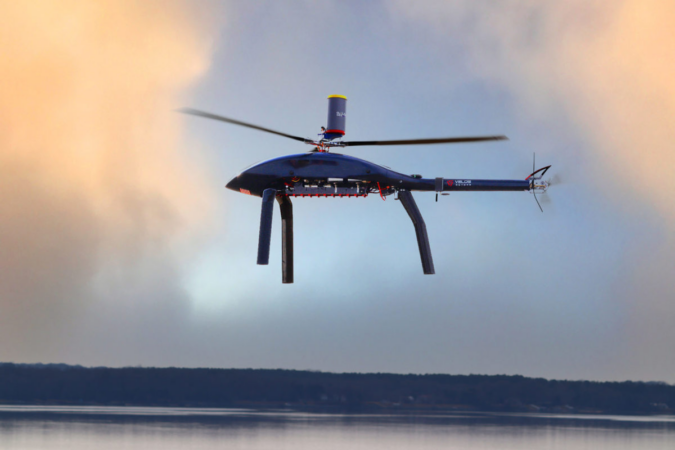
2. Multiple control options
The Velow V3 has many control options and supports both classic radio TX and a joystick connected to the ground control station. The ground control station software used can be Mission Planner or UGCS (from SPHEngineering).

3. Mounting payload options
Operators can mount payloads on the special rail below the aircraft and because the Velos V3 has a Payload Over Rotor (POR) system there is an extra space where operators can fit payloads like GNSS antennas, gimbal cameras, ballistic parachute system, etc.

4. Custom payload integration
Velos Rotors is able to perform custom integration for different types of payloads and missions:
Lidar
Cargo
Cameras for photography and videography
Systems for mapping
Law enforcement and border control surveillance
Agriculture
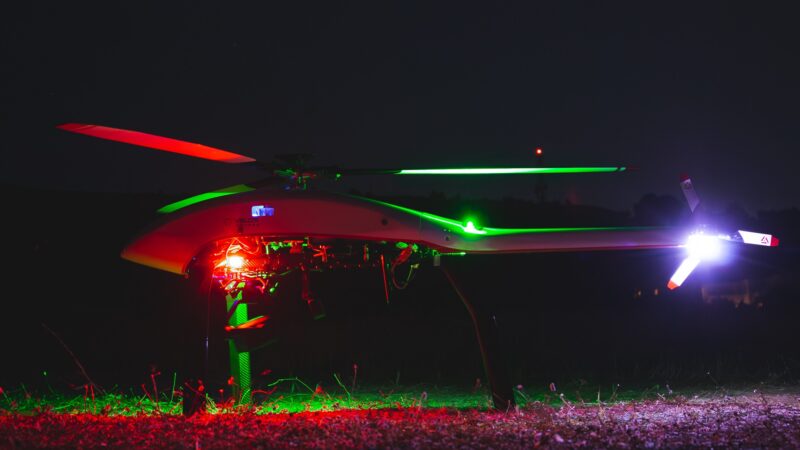
5. Extensive support
We offer extended support providing manuals, calls, video calls and online reviews of flight parameters and data to ensure the flawless operation of our customer’s UAVs.
